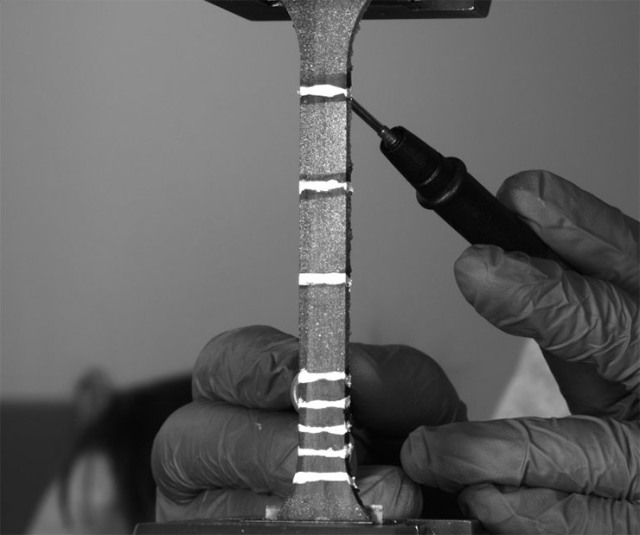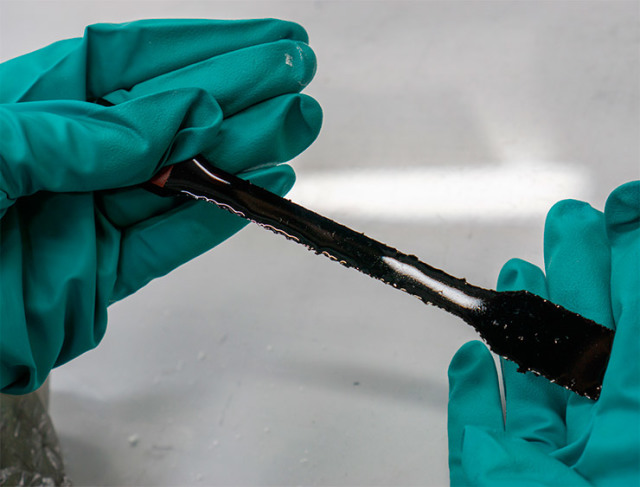A group of researchers from the Skoltech Center for design, manufacturing technologies and materials (CDMM) published the results of a study on multifunctional materials obtained by adding carbon nanoparticles to polymer matrices. The new inexpensive method studied by scientists is intended for self-diagnostics of materials.
The study, first authored by Skoltech graduate student Hassaan Ahmad butt from a research group led by a ProfessorSergey Abaimov, published in the journal Composite Structures. It is an integral part of a project that includes several stages and is aimed at obtaining self-diagnostic materials that can be implemented and manufactured using existing technological processes.
All over the world, the requirements for the properties of polymer composites are growing every year. Special attention has recently been paid to carbon nanoparticlesthat can be introduced into composite material systems. Studies conducted in this direction have shown that the addition of relatively small amounts of such particles can improve the mechanical properties of the final material while simultaneously achieving electrical conductivity and piezoresistivity. However, the organization of full-scale production of materials using carbon nanoparticles is a difficult task that requires a radical modernization of technological processes and equipment.
During the study, the researchers tracked how the electrical conductivity of polymer matrices changes when carbon nanoparticles are added, and also analyzed the effect of mechanical loads on electrical conductivity, the ability to control electrical conductivity and its relationship with material deformation. This task is solved using universal measuring devices and does not require the use of complex control methods.
Such materials, which can perform measurements themselves, may eventually replace sensors in aircraft structures and other systems for which weight is a critical parameter. In addition, using the same materials and processes, it is possible to produce conductive materials for a wide variety of applications - from electrical circuits and electromagnetic screens to special temperature and humidity sensors. The concept of material production is not limited to one technology and allows the use of different technologies, such as pultrusion and vacuum infusion.
Information and photos: Skoltech


